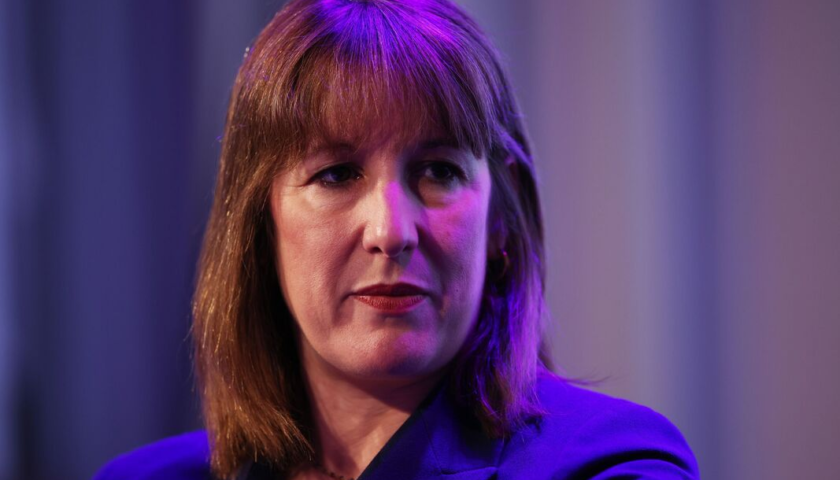Every landlord knows that mortgage rates make or break portfolio cashflow. With thousands of fixed-rate deals coming to an end in 2025, the big question is simple: where are buy-to-let mortgage rates heading? While no one has a crystal ball, we can look at the economic signals, lender behaviour and regulatory environment to forecast likely trends and help landlords prepare.
The Current Picture in 2025
At the time of writing, average five-year fixed rates for buy-to-let sit between 5.0% and 5.75%, depending on LTV and borrower profile. Tracker products remain around base rate plus 1.0–1.5%. Compared to the peaks of 2023, this is calmer, but affordability is still challenging for many landlords.
What Drives Buy-To-Let Rates?
Three main forces shape mortgage pricing in 2025:
- Bank of England base rate – the benchmark that influences all mortgage products.
- Swap rates – the rates banks pay to borrow money for fixed-term lending. Swaps often move ahead of the base rate.
- Lender appetite – competition, risk appetite and funding costs drive margins above the raw cost of funds.
The Inflation and Base Rate Outlook
Inflation has cooled compared with the peaks of 2022–23, and forecasters expect it to remain closer to the Bank of England’s 2% target. This suggests the base rate may hold steady or gradually reduce over the coming 12 months. Any cuts are likely to be cautious and incremental, but they would filter through to tracker products quickly and may push down swap rates, improving fixed deals.
Lender Behaviour in 2025
Competition among lenders is heating up again. With purchase activity still subdued, many lenders are fighting for remortgage business from existing landlords. This has led to:
- Sharper pricing on five-year fixes, sometimes below 5% for low LTVs.
- Incentives such as free valuations and legal packages to capture business.
- Flexibility around stress testing for long-term fixes at pay rate, making affordability easier.
However, lenders remain cautious on high LTVs and low-yield units, where affordability margins are tight.
What This Means for Landlords
For landlords refinancing in 2025, the environment presents both risks and opportunities:
- Risk: If the base rate remains elevated, short-term fixes and trackers could stay expensive and volatile.
- Opportunity: If inflation continues to ease, swap rates may fall ahead of base rate cuts, bringing down fixed pricing.
- Strategy: Balance certainty and flexibility. Consider whether locking in a five-year fix at current levels secures affordability or whether waiting with a tracker makes sense for your circumstances.
Case Study: Timing a Refinance
Scenario: A landlord faced a remortgage in August 2025. Their broker recommended a tracker with no ERCs, allowing them to switch into a fixed product quickly if rates improved.
Outcome: By October, swap rates had dipped, and five-year fixes were available 0.6% cheaper. The landlord switched without penalty, saving £3,600 annually compared with fixing in August.
Practical Steps for Landlords
- Track swap rate trends as well as base rate decisions – swaps drive fixed pricing.
- Work with brokers who can access lender pipelines quickly when pricing shifts.
- Consider products with flexible ERCs or early switch options.
- Stress-test your portfolio at both current and worst-case rates before committing.
Final Thoughts
No one can predict rates with certainty, but landlords who understand the forces at play can make informed choices. Whether you choose to lock in stability or ride potential reductions, the key is to plan ahead and avoid being caught on expensive reversion rates.
Contact one of our highly experienced mortgage advisors today on 0121 500 6316 to discuss your mortgage needs.



